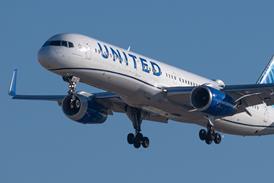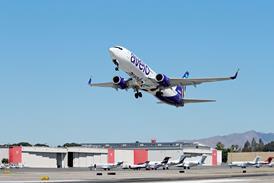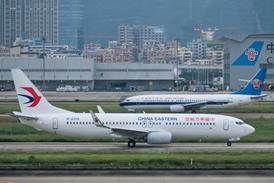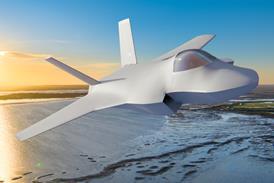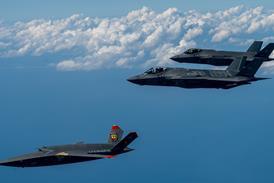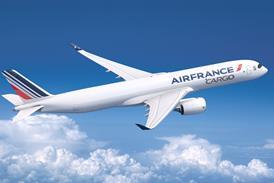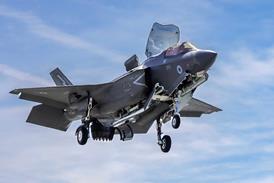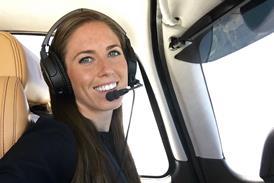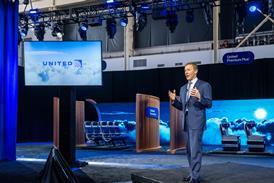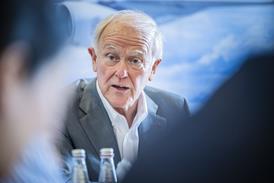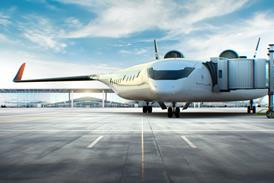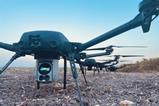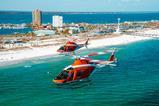The move follows rival Anduril’s similar European partnership announcement as US firms seek to capitalise on NATO demand for collaborative combat aircraft
Uncrewed aircraft manufacturer General Atomics Aeronautical Systems (GA-ASI) plans to offer a European-made variant of its prototype uncrewed fighter jet.
The San Diego-based company on 17 July said it will partner with a General Atomics aerospace affiliate in Germany to build a derivative of the YFQ-42A autonomous fighter being developed for the US Air Force.
The European partner on the effort will be General Atomics Aerotec Systems GmbH, based in Oberpfaffenhofen, a suburb of Munich in Bavaria.
At that site, Aerotec assembles Dornier 228 twin-engined turboprops, provides MRO services for the German army’s NH Industrie NH90 attack helicopters and overhauls Honeywell TPE-331-10 engines, which power Do 228s and General Atomics’ MQ-9A/B remotely piloted aircraft.
GA-ASI says its established German capability provides a “jump start for European uncrewed fighter development” and a pathway to meet fast acquisition timelines.
“We’re eager to combine our uncrewed aircraft system expertise with the airborne sensor and weapons system expertise of the European defence industry,” says GA-ASI chief executive Linden Blue.
The jets will be “assembled in Europe, with European mission systems”, the US airframer notes.
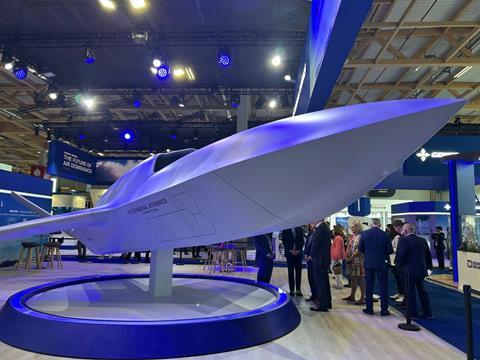
GA-ASI is a finalist for the Collaborative Combat Aircraft (CCA) programme that aims to deliver the first uncrewed fighter platform to the US Air Force. The company’s prototype – designated the YFQ-42A by the Pentagon – is set to make its first flight in the coming weeks.
The single-engined jet is based on the XQ-67A platform, which GA-ASI developed to serve as a foundation for future uncrewed jet variants. That craft logged its first flight in 2024.
GA-ASI says the autonomous collaborative aircraft it plans to offer European operators will leverage advancements and investments made for the American programme.
“With a proven CCA design already in production today, these systems will be delivered in significant quantity with high-technology European inputs to build and sustain affordable mass for NATO’s fighter forces,” Blue says.
The move to offer Europe a locally-assembled and -sustained CCA comes one month after rival Anduril announced it is partnering with German defence manufacturer Rheinmetall to offer a European-built version of Anduril’s Fury uncrewed fighter.
That jet serves as the basis for Anduril’s YFQ-44A prototype, which is competing against the YFQ-42A to be the first USAF autonomous fighter. Anduril also expects to complete its first test flight under the CCA programme in the coming weeks.
Some European NATO members have lately expressed concern about the reliability of Washington as an ally due to suggestions from US President Donald Trump that he might not support allies if they inadequately fund their own defence.
That prompted a surge in European military spending and calls from European leaders such as French President Emmanuel Macron to buy more from European manufacturers.
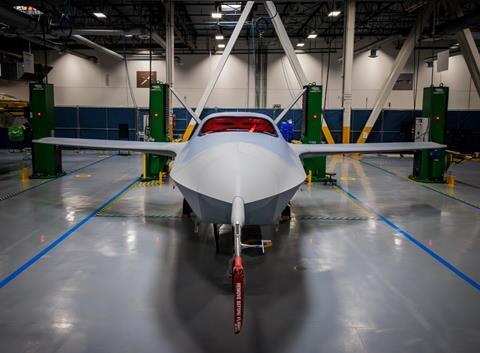
But sourcing uncrewed fighters solely from Europe might prove difficult.
US companies lead in developing pilotless fighters, which are expected to be key enablers to existing combat aircraft and next-generation designs like Boeing’s F-47 and the Tempest fighter, which is being jointly developed under the UK-Italy-Japan Global Combat Air Programme. In the USA, CCA surrogates like Kratos’ XQ-58A have successfully integrated with fourth-generation fighters and fifth-generation Lockheed Martin F-35s.
European autonomous collaborative platforms mostly remain in design stages, with BAE Systems and Dassault Aviation planning demonstrations in the coming years.
But Turkish Aerospace Industries and Baykar Technologies are both flying uncrewed combat aircraft intended to team with Turkey’s indigenously produced Kaan fighter – a fifth-generation-style jet being developed by TAI.
Australia also significantly leads Europe in the field of low-cost pilotless fighters, with the Royal Australian Air Force and Boeing regularly flying the jointly developed MQ-28 Ghost Bat. Recent tests involved that multi-role jet integrating with an Australia Boeing E-7A airborne early warning and control aircraft.


